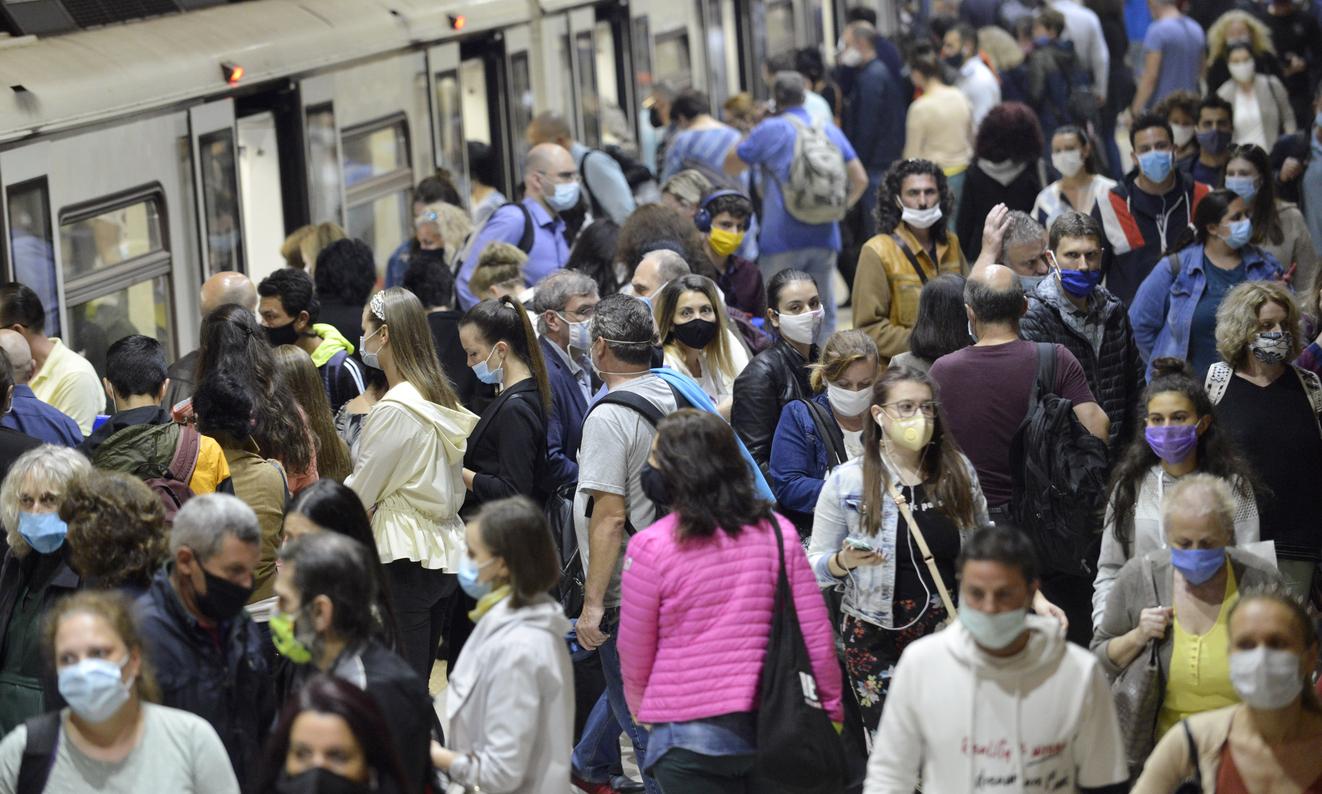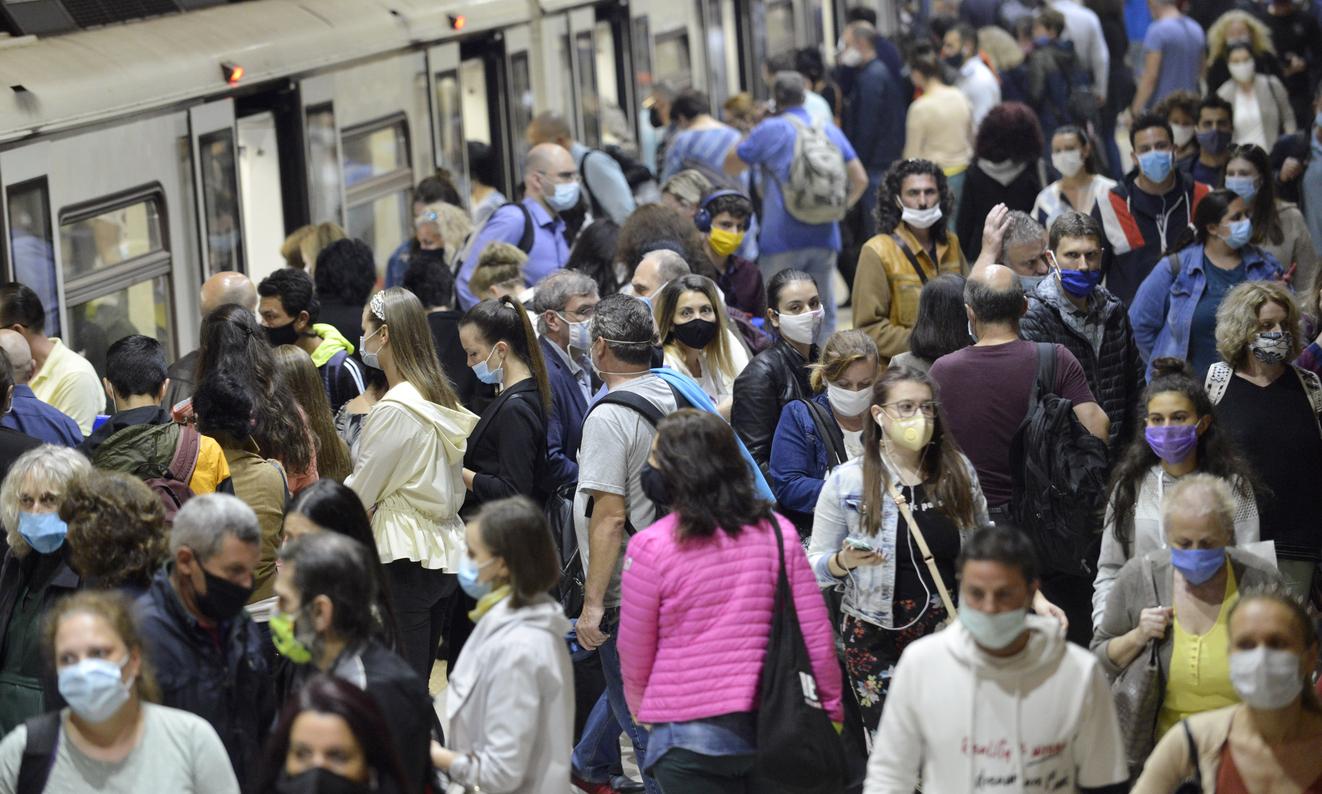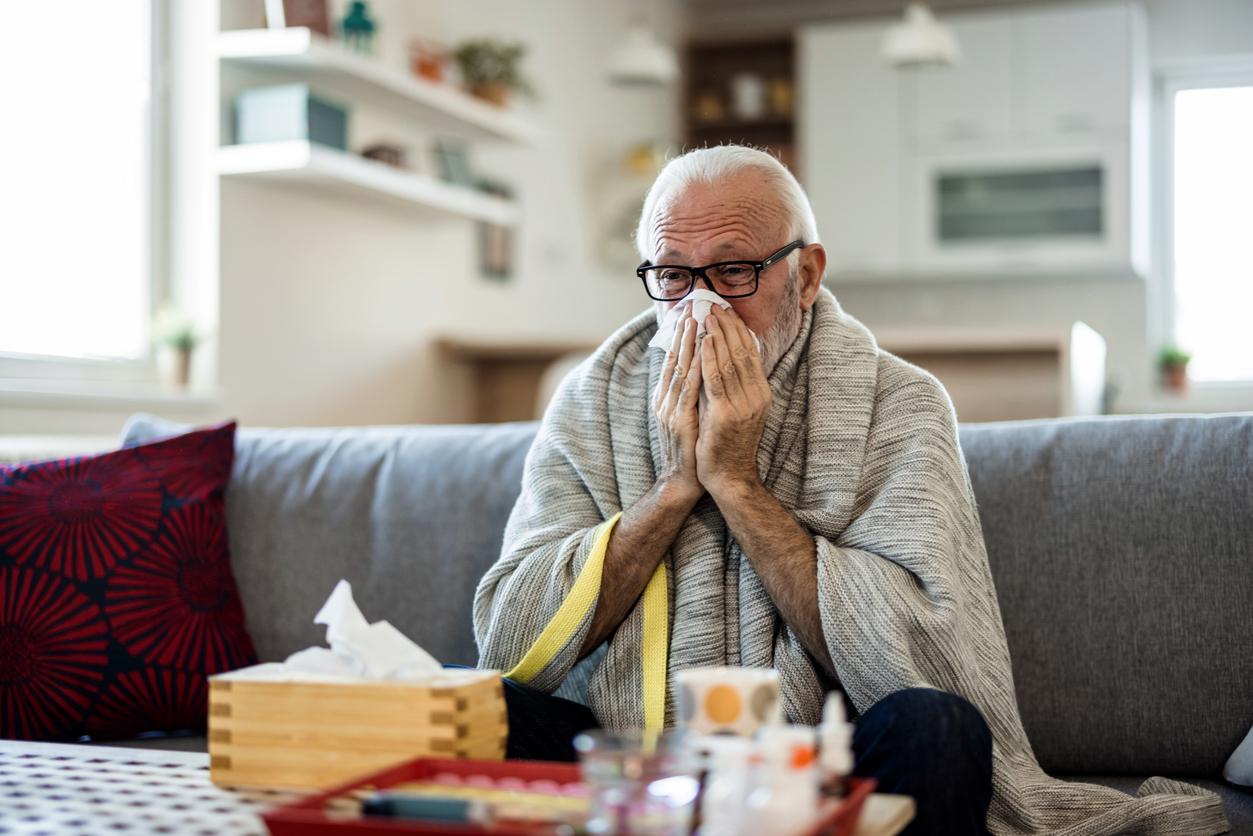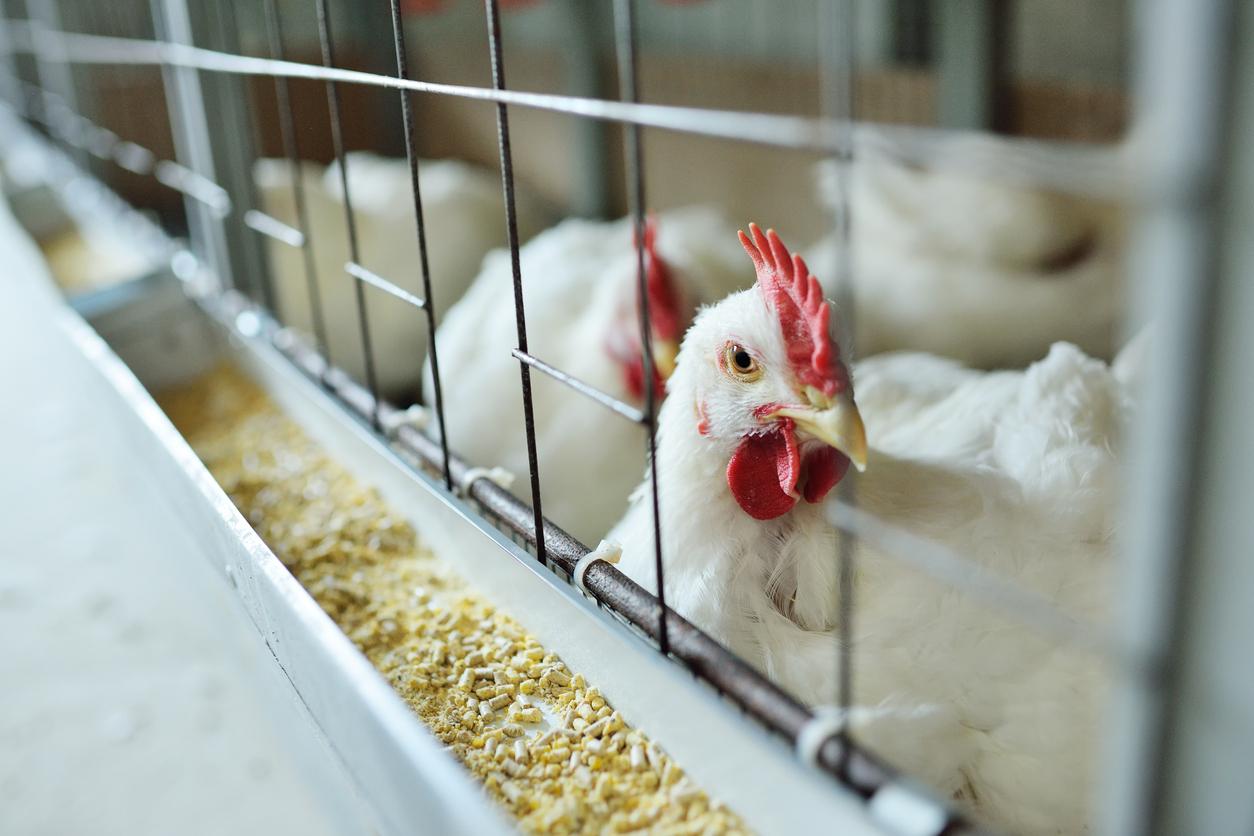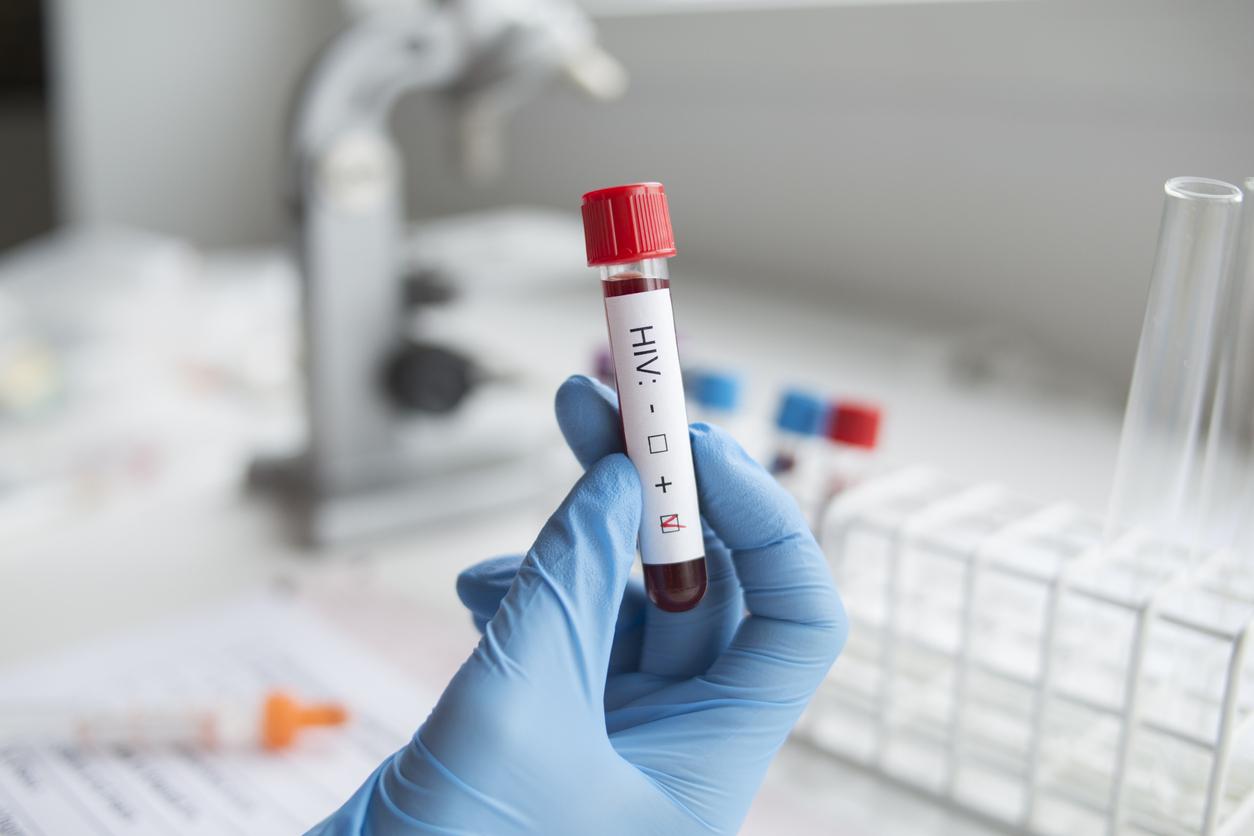Window side or hallway side? The location of seats in trains or planes does not pose the same risk of contamination to those seated there.
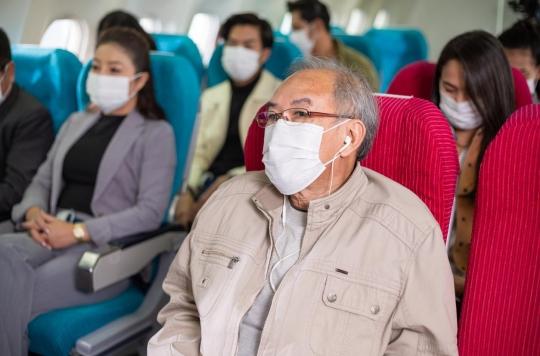
- The analysis of the air circulation in an aircraft cabin or a wagon shows how the risk of contamination is distributed
- The air and the droplets suspended in it are better evacuated on the window side
- The worst seat would be on the aisle side… but the authors of the study, which was not carried out in real conditions, themselves underline its limits
Until now, the choice of a seat in a train or plane was above all a question of comfort: window, porthole, aisle, everyone has their own preference… provided that the choice is possible at the time of booking. But with the health crisis, a new criterion appears: that of the seat to be avoided because it would be placed where contamination by other travelers potentially carrying the coronavirus could occur! And, too bad for those who appreciate this place, it is when you are seated in the “aisle side” seat that you are most at risk.
It is a study recently published in the journal Physics of Fluids which leads to this conclusion. Scientists have analyzed the circulation of air in a closed cabin – that of trains and planes have many similarities – knowing that in each of these means of transport, the air sent by the air conditioning always comes from the roof to be then extracted through holes near the windows.
40 seconds to eliminate a quarter of the suspended droplets
And, within the framework of this study, the time necessary for the evacuation of possible droplets contained in this air passage was calculated: it would be enough of 40 seconds so that a quarter of the droplets in suspension in the air circulating in the cabin or wagon are eliminated. The problem therefore remains to know where the risk of being in contact with the three quarters of the droplets which remain in the ambient air is greatest.
To identify the “cursed” seat, the researchers assumed a row of three seats between the window and the hallway. By showing the ability to evacuate any droplets through the holes located near the windows, they deduced that the seat located in this location was the safest, especially since the air flow there would circulate the droplets towards the top.
But everything deteriorates from the middle seat of the row! Even if the passenger who is seated there runs less risk of being contaminated by three quarters of the droplets which remain in the ambient air due to the dissemination of these throughout the cabin or the wagon, it does not benefit as much as its neighbor sitting near the window from vertical air circulation.
The wrong seat is on the “corridor” side
For the passenger in the “aisle” seat, it’s worse! Not only is he the one most likely to breathe in the non-evacuated droplets, but his own secretions are, according to the study, “immediately drawn downward by the ventilation system”, preventing their evacuation. Failing to self-contaminate, the “corridor” passenger therefore runs the risk, by deduction of the phenomenon of downward air circulation, of inhaling all the miasma from the seats located in the same place in the other rows!
All this is obviously very theoretical and the authors of this study themselves emphasize that its results must be considered with caution since their work was not carried out in real conditions and thus did not take into account other factors such as the space between the seats, their shape, the flow of air conditioning and, above all, the behavior of infected passengers. Conclusion, if the “corridor” seat is singled out, the compulsory wearing of a mask during the journey undoubtedly puts all passengers on an equal footing as regards the risk of contamination!
.









